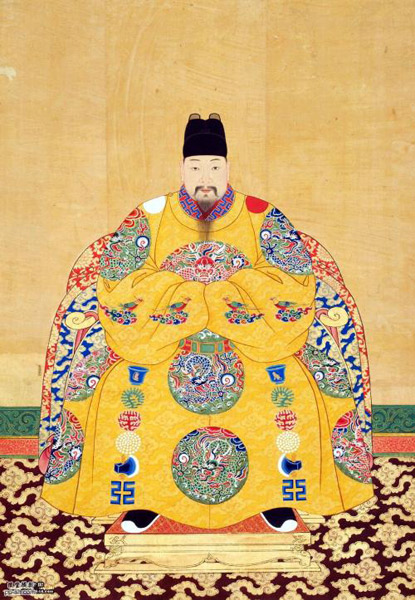 |
|
Ming Dynasty Emperor Chongzhen (1611-1644). [Photo provided to China Daily] |
The map probably had played a crucial role in the conversion of Xu Guangqi, a Chinese scientist and politician whom Ricci befriended and who saw the map.
"For this man, who was steeped in traditional Chinese teachings of literature and morality, the map must have greatly undermined many of his preconceptions. The belief he had held of 'a round Heaven and a square Earth' was shattered, together with all the sense of pride and superiority well-educated Chinese during the Ming time were taught to harbor toward their lesser mortals - the barbarians from outside the Middle Kingdom, Ricci included," Zhang said.
However, "converted" may not even be the right word, Zhang said at the same time.
"A Catholic Xu made no effort to relinquish his own cultural and ethical upbringing, an upbringing largely informed by Confucianism, the dominant philosophical thinking of Chinese society, even now," he said.
"In fact, the opposite was true: Xu was persuaded to join the fold because he saw no apparent contradiction between Catholicism and Confucianism," Zhang says.
"The picture Ricci revealed to him through the prism of Catholicism called to mind the one he already had in mind - the Chinese version of a utopia that people could arrive at one day guided by the good teachings of Confucianism."
If anything, the relationship formed between Ricci, whose footsteps other Jesuit missionaries followed between the early 17th century and late 19th century is telling.
"Added to the lasting friendship that ended only with Ricci's death in 1610 is a mixed dose of mutual attraction and admiration, compromise and - possibility - condescension. In a sense, the same words could be said of the entire Jesuit mission and its mixed reception during the two Chinese dynasties of Ming (1368-1644) and Qing (1644-1911).